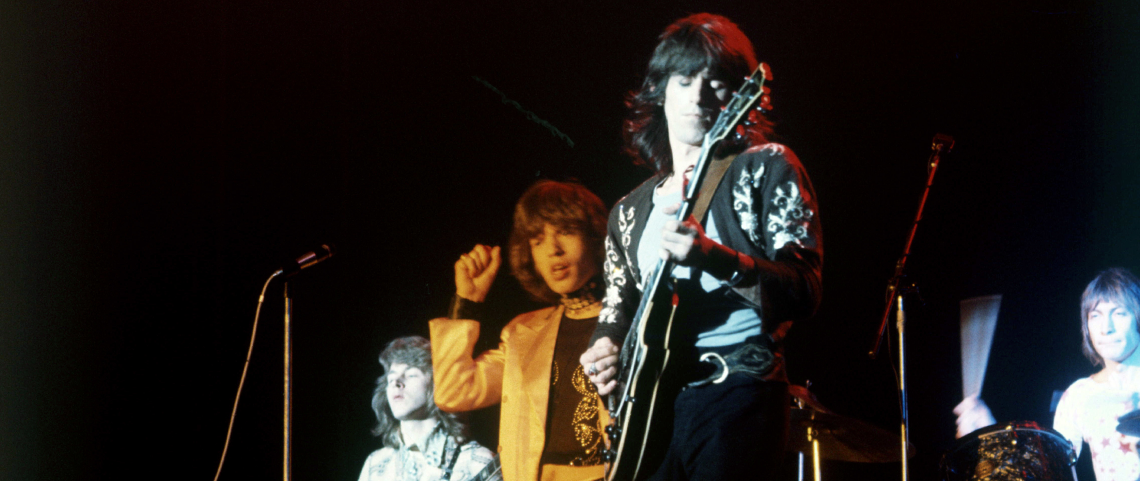
The Rolling Stones – 1969: a 50th Anniversary
2019 marks the 50th anniversary of The Rolling Stones’ most turbulent year. To some they are ‘The World’s Greatest Band’, but their story is enduring even to those not familiar with their music. Follow the triumphant highs and tragic lows of their 1969 in these rarely published images.
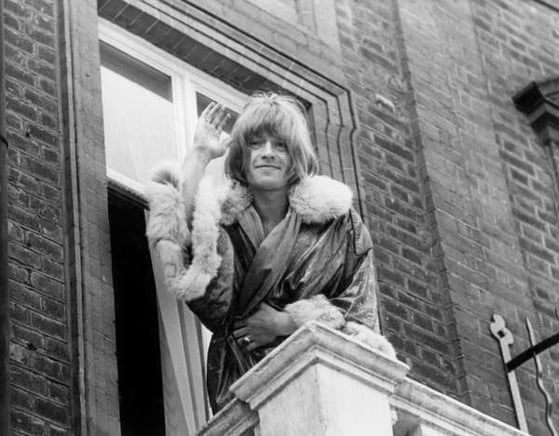
The first big event for the band took place on the 8th June when Brian Jones, the man who founded and named the Rolling Stones, was fired by Mick Jagger and Keith Richards. Despite being a hugely talented multi-instrumentalist, his musical influence waned as Jagger and Richards developed their own songwriting partnership. He had by this stage descended into heavy drug abuse that left him unable to contribute to the band musically. When he was (very rarely) present in the studio his amplifier was often cruelly switched off by other band members.
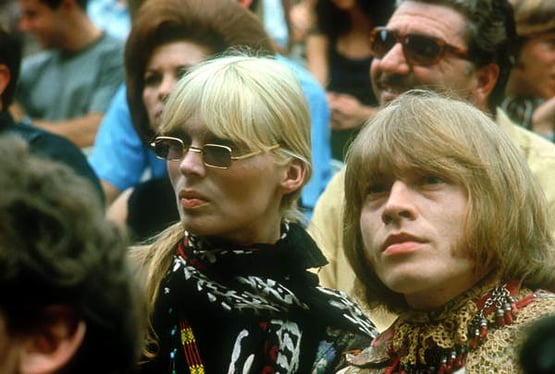
He had also picked up a number of drug convictions, which meant that he would have greatly struggled to gain a US visa for any potential tours. On top of this, his often unpleasant and erratic behavior led to the bands decision to remove him.
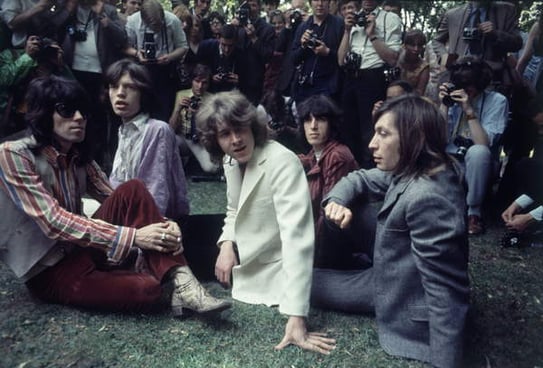
It was announced on the 13th June that twenty year old Mick Taylor would replace Jones as the band’s new lead guitarist. Taylor had made his name as a virtuoso player for John Mayall & the Bluesbreakers.
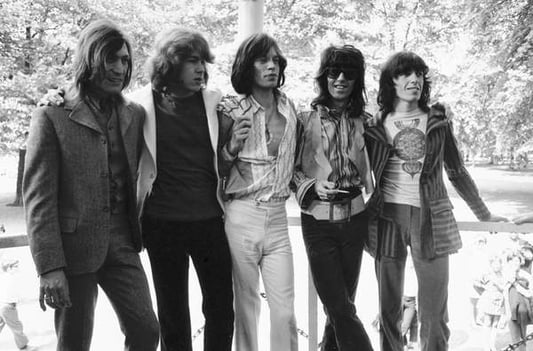
Taylor was unveiled at a press conference in the bandstand in Hyde Park. They planned to hold a free concert on the 5th July, also in Hyde Park, to present their new guitarist. It was to be their first live performance since their European tour two years earlier.
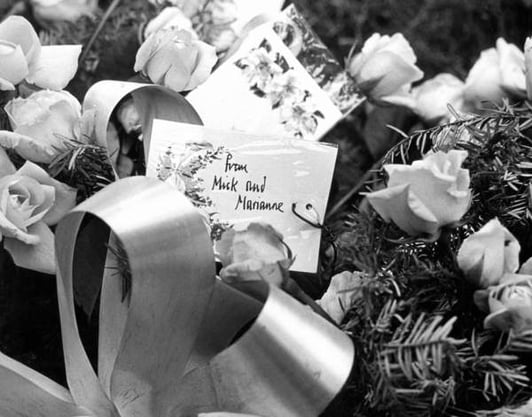
On the 3rd July, as the band were rehearsing with Mick Taylor for their upcoming 1969 US Tour (the group’s first since 1967), Brian Jones was found dead at the bottom of his swimming pool at his home in Sussex. His death is still shrouded in mystery. He was twenty seven years old.

The Rolling Stones decided to go ahead with the free concert despite Jones’ death only two days before. It swiftly became a memorial to Brian Jones with two tributes. The first of these was Jagger reading two verses of Percy Bysshe Shelley’s Adonais and the release of hundreds of cabbage white butterflies at the start of the set.
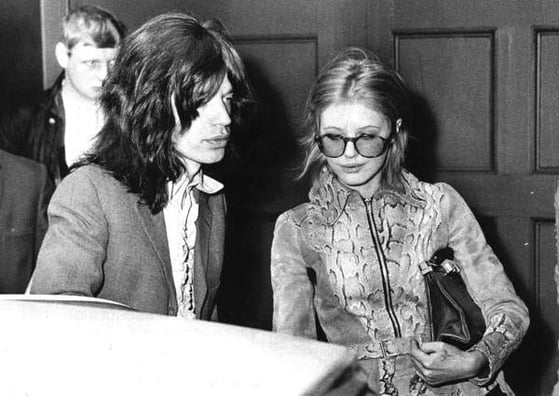
The band opened the Hyde Park show with a cover of Johnny Winter’s I’m Yours and I’m Hers – an ironic gesture considering Mick Jagger’s then girlfriend, Marianne Faithful, and his lover, Marsha Hunt, were both in the audience.
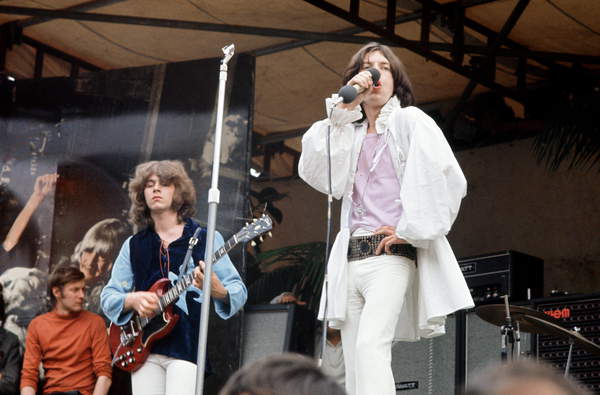
The concert was the first time the Rolling Stones aired some of their best known tracks; with Jumpin’ Jack Flash, Sympathy For The Devil, Midnight Rambler and Street Fighting Man all having their live debut in front of an estimated crowd of 250,000 to 500,000 people. It is still one of their best remembered shows, and the first for them to be announced to the stage as “the greatest rock and roll band in the world”.
The Stones, buoyed by their new lineup and their critically acclaimed 1968 release, Beggars Banquet (musically a “back to basics” approach after their 1967 psychedelic album Their Satanic Majesties’ Request was panned), went back on the road for their long awaited US Tour.
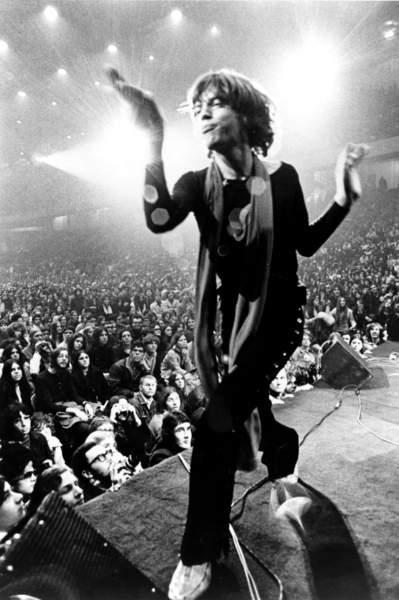
The 1969 US Tour was an enormous success. It has achieved mythical status as one of the all-time classic rock tours. The band played twenty four live dates, this time in huge arenas. They used recordings from the Madison Square Garden gigs of the 27th and 28th November for their 1970 live album, Get Yer Ya-Ya’s Out! It was the last tour that the band performed as a five-piece, all subsequent tours had brass sections and keys, as well as back up singers on occasion.

The 1969 tour was documented by the 1970 film Gimme Shelter (named after the lead single from 1969’s release Let It Bleed). This film culminates in the second tragic act of The Stones’ year – The Altamont Free Concert – the last date on the 1969 tour.

The Altamont Free Concert was held at Altamont Speedway, near San Francisco on the 6th December. The intention was to provide a free concert for those who hadn’t been able to see the band due to high demand and high ticket prices. The concert was hastily organised and the location itself was only settled on days before the event itself. The Stones headlined after a long list of support acts including Jefferson Airplane and Crosby, Stills, Nash and Young. The event was envisaged to be a “Woodstock of the West”, very much of its time in the “Peace and Love” era.
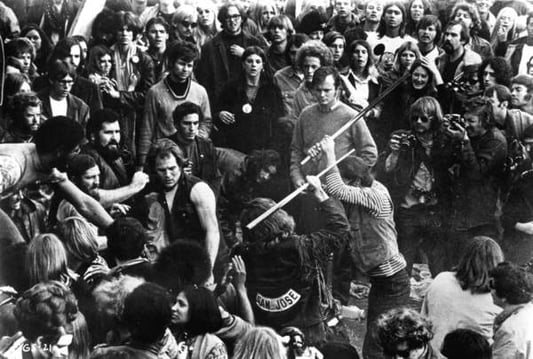
The band had hired the Hell’s Angels (an international motorcycle club with a fearsome reputation) as security for the concert, especially to guard the front of the stage from the 300,000 strong crowd. There were various altercations in front of the stage between the Angels (armed with pool cues) and the intoxicated crowd, resulting in several halts to the performances. Tragedy struck mid-way through The Stones’ set, with an eighteen year-old fan, Meredith Hunter, being stabbed to death by a Hell’s Angel. Footage of the killing was captured in the Gimme Shelter film and revealed Hunter to be holding a pistol in his hand, thus leading to the acquittal of his killer on grounds of self defence.
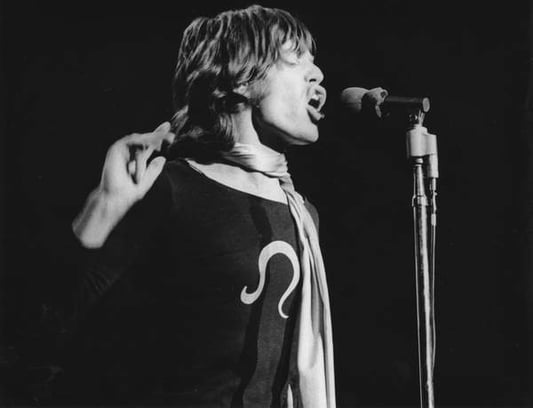
The concert has gone down in history as a symbol of the end of the “Peace and Love” era, with Hunter’s death, the disorder of the crowd, as well as a further three accidental deaths over the course of the event setting it in stark contrast to Woodstock, only a few months earlier.
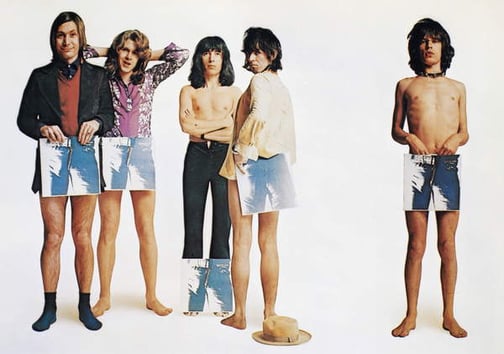
In all, 1969 remains perhaps the most memorable, but certainly the most turbulent of The Stones’ years. Aside from the two terrible events that book-ended the time around the 1969 US Tour, the period sees the band enjoying one of their richest veins in form both in the studio and on stage. Demonstrated by the release of Let It Bleed, which paved the way for the legendary albums Sticky Fingers (1971 – but partially recorded in 1969) and Exile On Main Street (1972). The 1969 US Tour is also etched into rock ‘n’ roll folklore and set the standard for the even grander and more debauched 1972 American Tour.
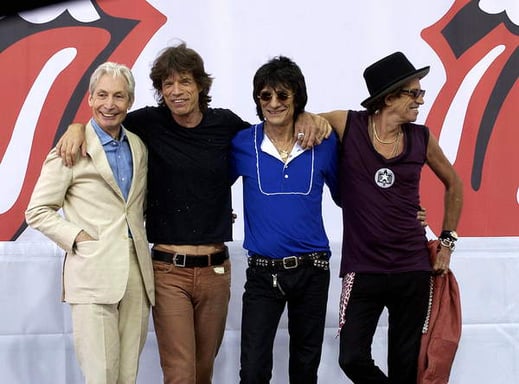
Fifty years on from the madness of 1969, The Stones are concluding their 2019 world tour with dates in the USA. Whilst it may be a little optimistic to hope for another fifty years, in the eyes of many they have truly proved themselves to be “the greatest rock and roll band in the world”.
Read more
Discover Lebrecht: Opera & Performance An introduction to the Lebrecht archive (from which several of these images were sourced)
